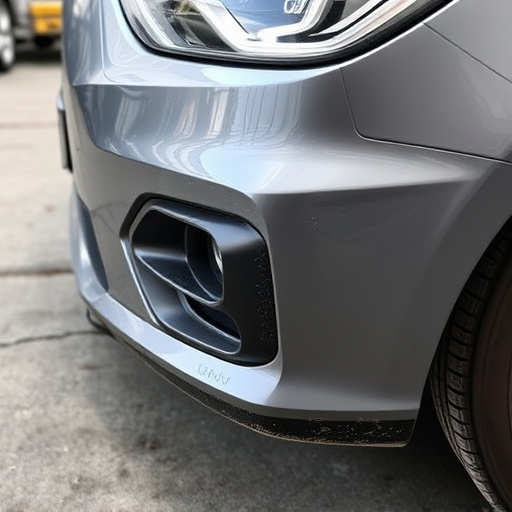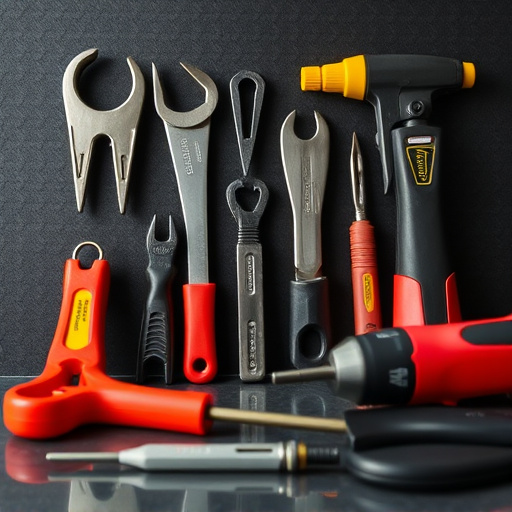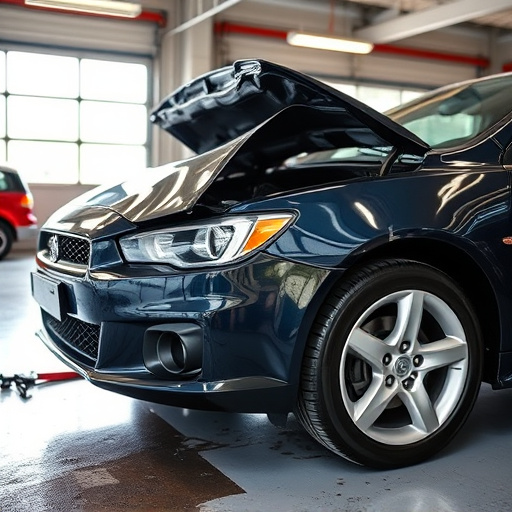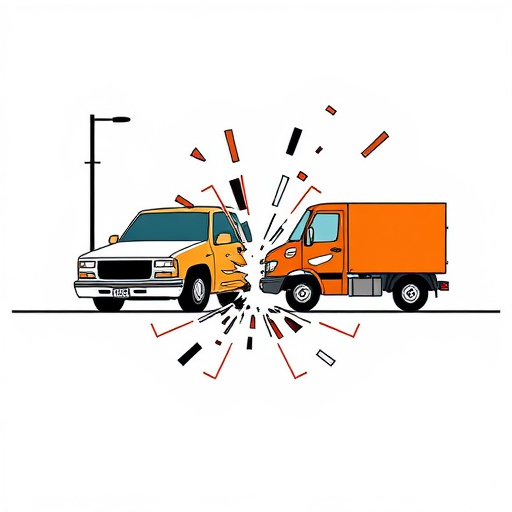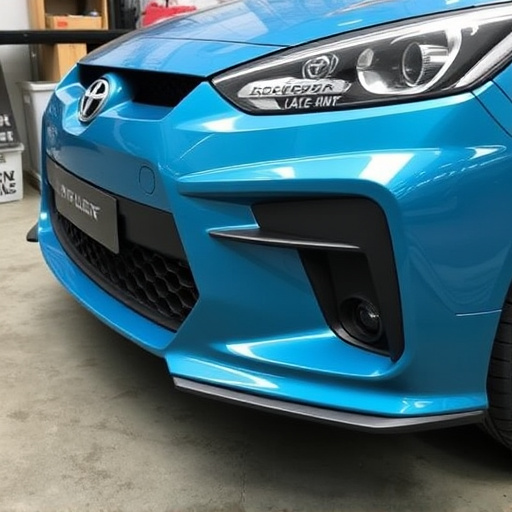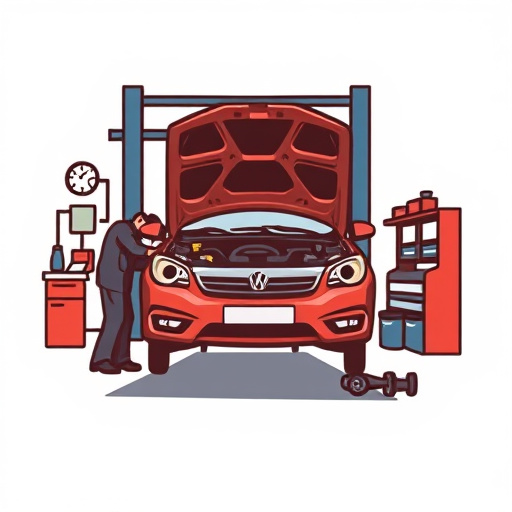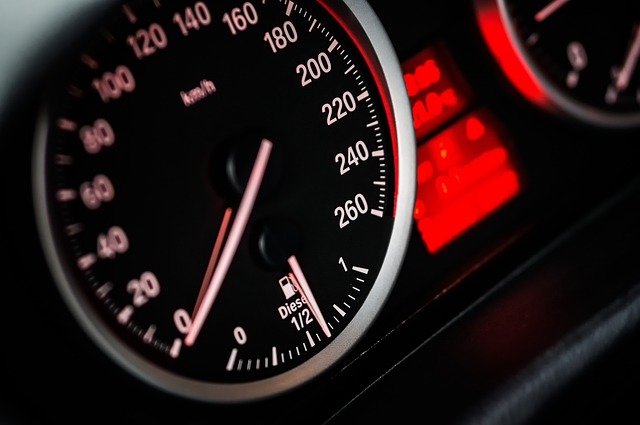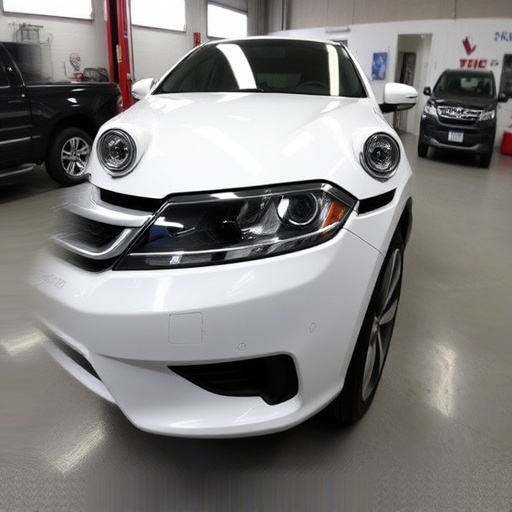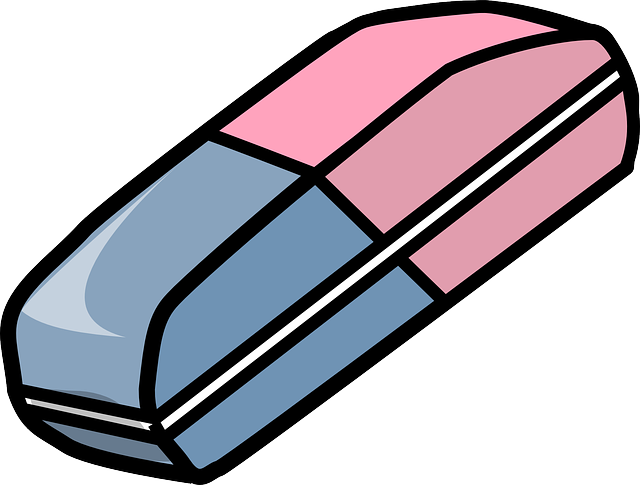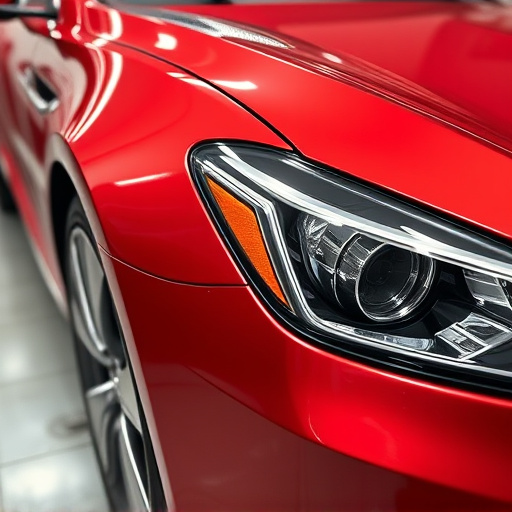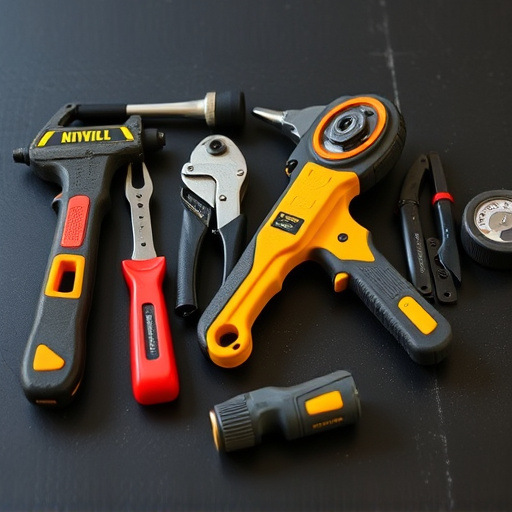Plastic bumper repair addresses cracks caused by daily wear or harsh weather, enhancing both safety and aesthetics. Skilled technicians use heat to soften damaged plastic, followed by matching compounds for accurate restoration. Effective methods include heat guns, putty, composite fills, or epoxy injection, each suited for different crack severity and desired outcomes, ensuring durable and visually appealing repairs.
“A cracked plastic bumper isn’t just an aesthetic issue; it requires careful attention and specific techniques for effective repair. This article guides you through the process, starting with understanding the nature of plastic bumper damage. We delve into the science behind heat application, a crucial step in preparing the damaged area for repair. Furthermore, we explore different fill methods, offering insights to ensure maximum effectiveness and long-lasting results for your plastic bumper repair.”
- Understanding Cracked Plastic Bumper Damage
- Heat Application for Plastic Bumper Repair
- Choosing the Right Fill Method for Maximum Effectiveness
Understanding Cracked Plastic Bumper Damage
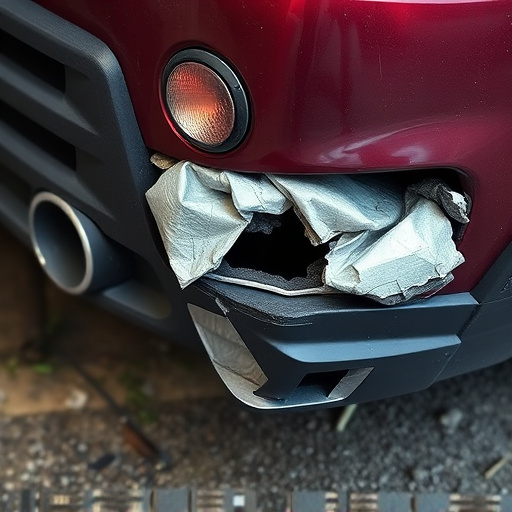
Cracked plastic bumper damage is a common issue that can occur due to various reasons, such as accidental bumps, scratches from parking lots, or even harsh weather conditions. These cracks can range from tiny hairlines to larger, more noticeable fractures, significantly impacting the aesthetics and integrity of the bumper. Plastic bumpers are designed to absorb impact energy in collisions, so any damage can compromise the vehicle’s safety features.
Proper plastic bumper repair involves a meticulous process that requires both skill and specialized tools. Heat application is a crucial step to soften the hardened plastic, making it more malleable for repairs. This is often followed by filling techniques using matching plastic compounds to match the original bumper’s texture and color, ensuring seamless integration with the rest of the vehicle’s body. Skilled technicians in car paint services or body shop services are equipped to handle these repairs, offering effective solutions that restore both the functionality and visual appeal of the damaged bumper.
Heat Application for Plastic Bumper Repair
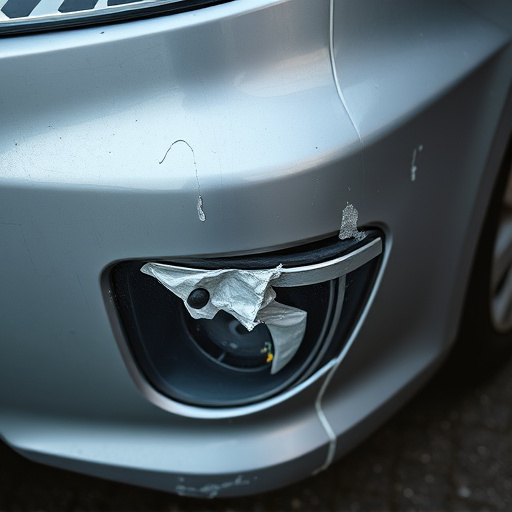
Applying heat is a critical step in repairing cracked plastic bumpers. This process helps to soften the damaged area, making it more pliable for repair. Heat can be applied using various methods, such as heat guns or specialized heating tools designed for autobody repairs. The heat must be carefully controlled to avoid overheating, which could further damage the surrounding plastic or cause warping.
In a collision center, technicians often employ this technique when dealing with fender benders or minor impacts that result in cracked bumpers. By applying heat, they can create a moldable state for the plastic, allowing them to inject filler materials more effectively. This ensures durable and seamless autobody repairs, restoring the bumper to its original condition.
Choosing the Right Fill Method for Maximum Effectiveness
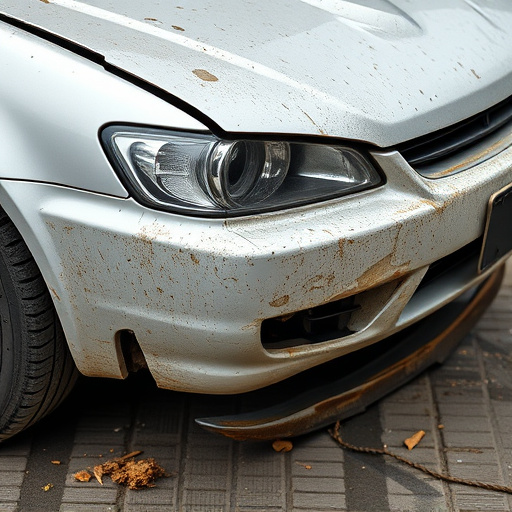
When undertaking cracked plastic bumper repair, selecting the optimal fill method is key to achieving maximum effectiveness and longevity. Different methods offer varied levels of precision, cost, and visual outcome. For complex cracks that require intricate detailing, a putty or composite fill material is ideal as it allows for precise shaping and matching with the existing bumper material. This technique, often seen in professional Mercedes Benz repair services, results in a seamless blend that’s hard to distinguish from the original piece.
For more straightforward cracks, an epoxy injection might be the better choice. This method involves injecting a two-part epoxy into the crack, where it hardens and fills the gap. Epoxy injection is cost-effective and suitable for shallow to moderate cracks. It offers good durability but may not match the flexibility of the original plastic, potentially leading to future issues if not managed properly. Choosing the right fill method ultimately depends on the extent of damage, desired visual outcome, and budget considerations in vehicle repair.
In conclusion, repairing cracked plastic bumpers effectively involves a combination of heat application and choosing the right fill technique. By understanding the nature of plastic bumper damage, implementing targeted heat, and selecting appropriate filling methods, you can achieve professional-quality results in your plastic bumper repair. These techniques ensure longevity and restore the vehicle’s aesthetic appeal, making it a practical solution for those seeking reliable plastic bumper repair.

